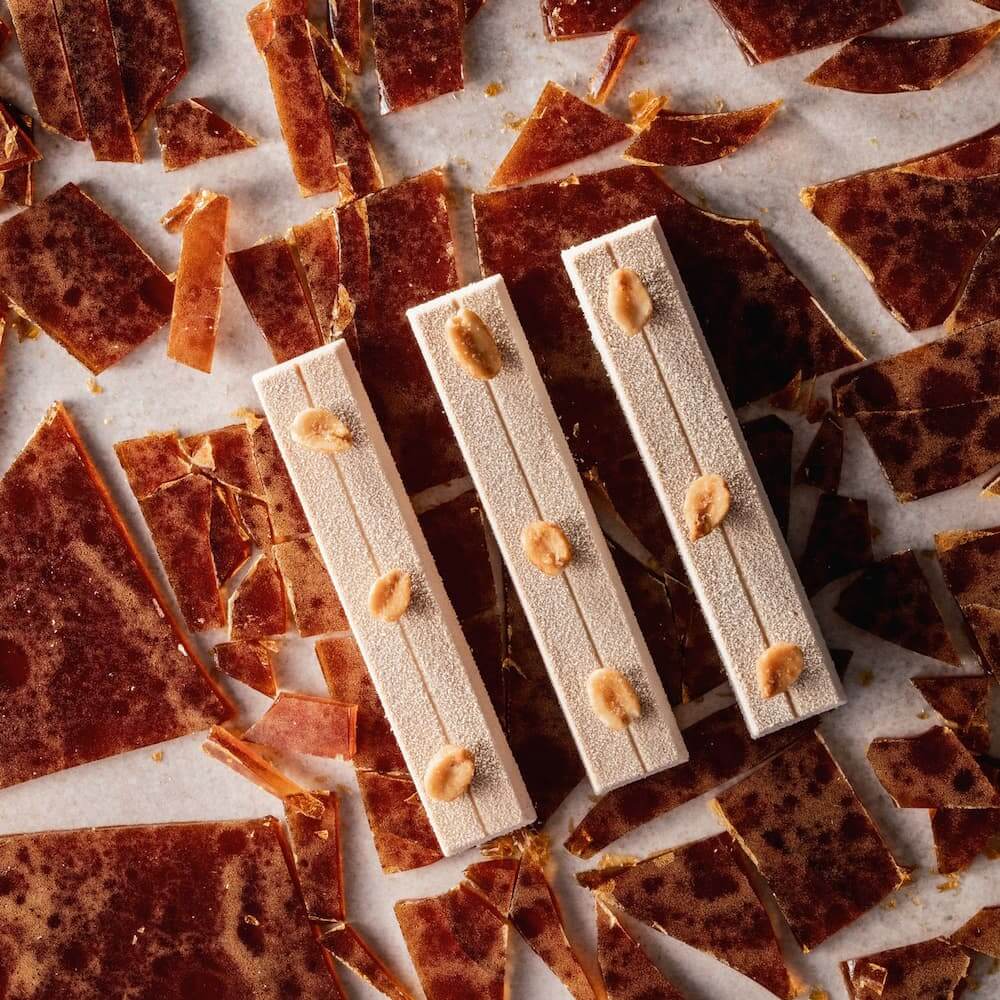The necessity of pasteurisation and sterilisation
Pasteurisation
Named af ter the French biologist Louis Pasteur, this heat treatment is necessar y to destroy all microorganisms in food, without damaging the product.
There are three types of pasteurisation.
- High pasteurisation: the ice cream mixture is quickly heated up to 85°C and stabilises for about 5 seconds. Its temperature is then lowered to 4°C before being stored in maturation tanks.
- Average pasteurisation: the ice cream mixture is quickly heated up to 72°C and stabilises for about 10-15 seconds. Its temperature is then lowered to 4°C before being stored in maturation tanks.
- Low pasteurisation: the temperature of the ice cream mixture climbs up to 65°C in 30 mintues’ time and is subsequently lowered to 4°C.
It is essential to monitor the temperature in order to keep the mixture from remaining in the critical phase of 20°C to 40°C for too long. This could increase the bacterial load in your ice cream mixture. Remember that pasteurisation not always completely eliminates all bacteria. It is therefore important to use fresh raw materials (milk, cream, eggs...). Never interrupt the cold chain and use pasteurised eggs to avoid the risk of a higher bacterial load.
Pasteurisation is absolutely necessary for all ice cream mixtures because of two very important reasons:
1. The heat will destroy a large part of the microorganisms in the ingredients. It is important that the pasteurisation process is done in a sanitised environment, with hygienically per fect raw materials and equipment.
2. Heating allows the ingredients to bind: sugar dissolves, proteins hydrate, stabilisers swell, fats blend and the emulsifier allows all ingredients to form a smooth mixture, creating the per fect ice cream base.
Sterilisation
Sterilisation (UHT) is subjecting ingredients to high temperatures between 140°C and 145°C for 1 to 2 seconds before rapidly cooling them and packing them under sterile conditions using sterilised containers.
Salmonella and eggs
Salmonella bacteria can be found inside the egg. That’s because they are present in the ovar y or oviduct before the shell is formed around the yolk and the egg white. The optimum growth temperature for salmonella bacteria ranges from 35 to 43°C. To prevent these organisms from multiplying inside the egg, refrigeration at +4°C is recommended. This will not eliminate the bacteria, but it will slow down their growth process.
Bakery products, for instance, reach a core temperature of over 70°C, which kills salmonella bacteria. But for the pasteurisation of egg-based ice cream it is crucial that the average temperature climbs up to 80/85°C in order to avoid the presence of salmonella. It is however ver y important to rapidly cool the product to +3°C to prevent an exponential growth of the bacteria.
Note: if the recipe requires alcohol, add it to the ice cream mixture during the churning phase at -5°C.


